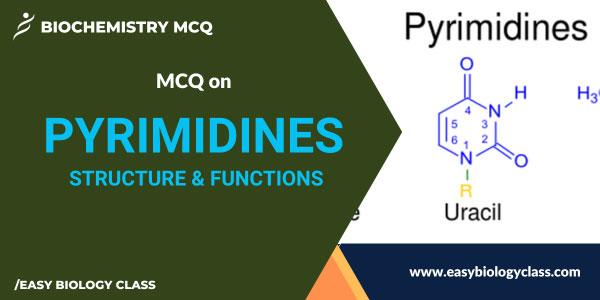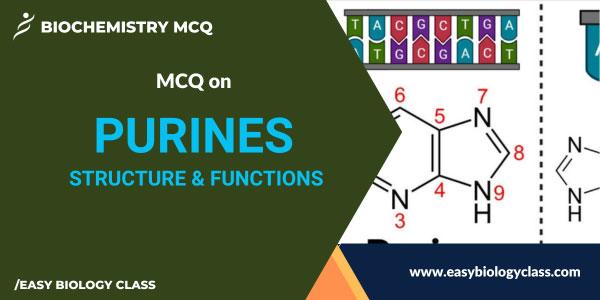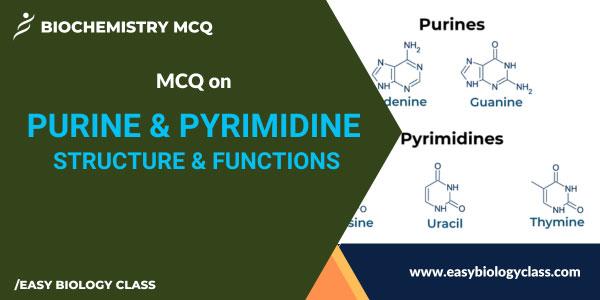HIV (Human Immunodeficiency Virus) is a retrovirus that attacks the immune system, specifically CD4 cells (T cells), weakening the body’s ability to fight infections and diseases. If left untreated, it can progress to AIDS (Acquired Immunodeficiency Syndrome), a severe, often fatal condition. This is an MCQ on HIV Virus Structure […]
Continue ReadingMCQ on Corona Virus: Structure and Replication
COVID-19 is an infectious disease caused by the novel coronavirus SARS-CoV-2. It primarily spreads through respiratory droplets, leading to symptoms ranging from mild respiratory issues to severe pneumoniThe pandemic, first identified in late 2019, has had a global impact on public health and daily life. This is an MCQ on […]
Continue ReadingMCQ on Pyrimidine: Structure, Biosynthesis and Functions
Pyrimidines are nitrogenous organic compounds with a single-ring structure. They are fundamental building blocks in DNA and RNA, with cytosine, thymine (found in DNA), and uracil (found in RNA) as common examples. Pyrimidines participate in genetic coding and other cellular processes. This is an MCQ on Pyrimidine Structure and Functions. […]
Continue ReadingMCQ on Purines: Structure, Biosynthesis and Functions
Purines are nitrogenous organic compounds that consist of a double-ring structure. They are essential components of DNA and RNA and play crucial roles in cellular processes. Common purines include adenine and guanine, which are involved in genetic information storage and various metabolic functions. This is an MCQ on Purines: Structure […]
Continue ReadingMCQ on Purine and Pyrimidine
Purine and pyrimidine are two types of nitrogenous organic compounds. Purines, like adenine and guanine, have a double-ring structure and are found in DNA, RNA, and various cellular processes. Pyrimidines, including cytosine, thymine, and uracil, possess a single-ring structure and play a vital role in nucleic acids, such as DNA […]
Continue Reading




